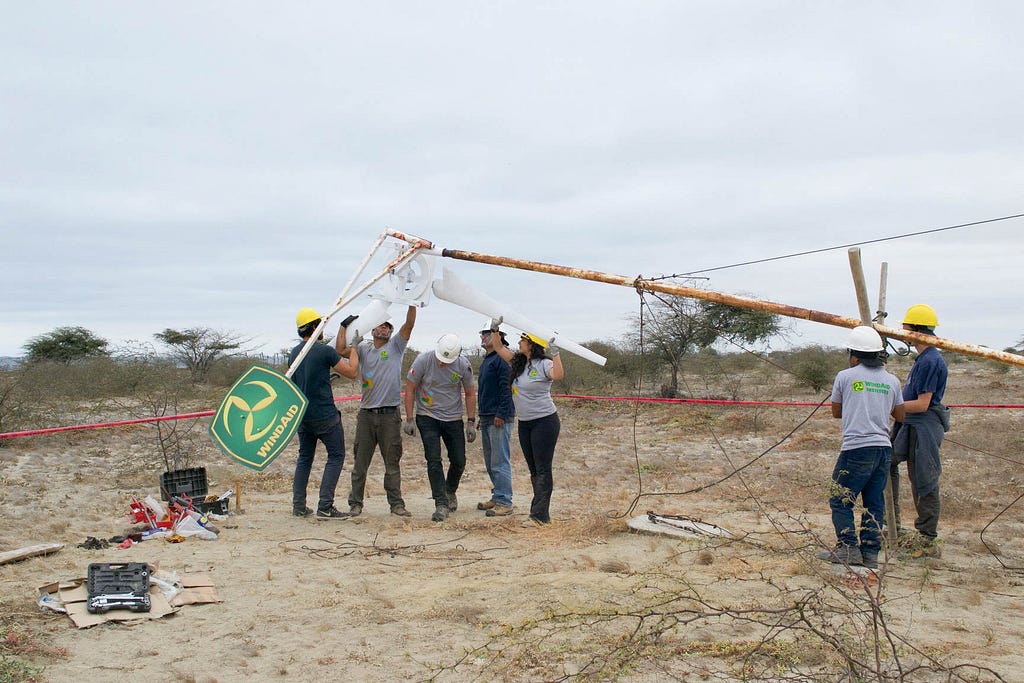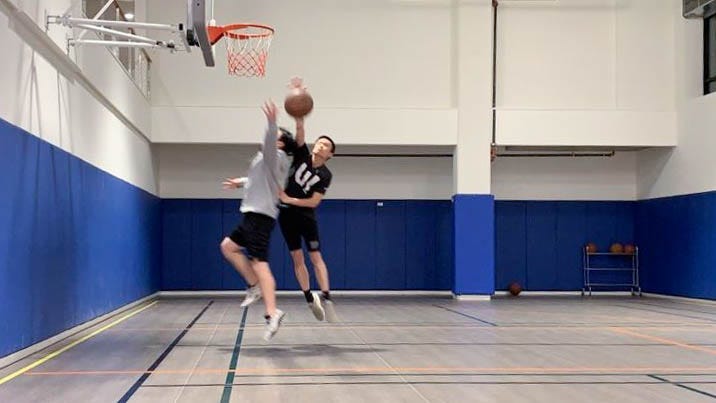On renewable wind energy, passion projects, and lessons from basketball
Danny Ma is a current Berkeley MEng candidate in Mechanical Engineering with a focus on Advanced Energy Technology. He studied Mechanical Engineering at the University of Washington for his undergraduate degree and has previous work experience at WindAid Institute, Washington Clean Energy Testbed, Cozeye, and BioArchos. Here, he shares insights in the renewable energy sphere, entrepreneurship, and business parallels inspired by basketball.
What are you studying?
In the MEng program, I’m studying Mechanical Engineering with a concentration on Advanced Energy Technology because I aspire to bring a positive impact in the energy transition into clean energy. My lifelong ambition is to make 100% renewable energy world-wide a reality, and my studies in mechanical engineering equips me with the knowledge and skills that are important to the implementation of renewable energy.What is a major challenge that prevents renewable energy from becoming more mainstream?
There are many challenges in various areas that need to be addressed for renewable energy to be more reliable. The following are a few of the many challenges that need to be addressed. Although technology is quite developed, it needs more support. For example, in order to meet the global energy demand, wind turbines are built further and further offshore in order to reach faster wind and more aerial space. Offshore wind then encounters the challenge of new support structures (i.e. floating foundations), installation in deep water, manufacturing of larger blades, and long term maintenance. Additionally, renewable energy is intermittent such that wind doesn’t always blow and the sun doesn’t always shine. Additionally, energy storage systems with enough capacity can improve the reliability of renewable energy systems because they store excess energy when the demand is low and satisfy the demand when production is low and demand is high. Socially, people are still divided — which is surprising to me. We need more advocacy in renewable energy to get more people on board in the US. Policy-wise, renewable energy as well as energy storage are very dependent and need a lot of support from the government. The EU demonstrates successful collaboration in policy-making and public support for renewable energy implementation. The energy island in Denmark may be an educational model for the entire world.Can you tell us more about the sustainable energy affinity group you are leading?
We are a group of ambitious MEng students that are interested in a career in sustainable energy. We actively engage in the renewable energy industry by inviting professionals for info sessions and attending conferences.What is your vision for renewable energy?
Because I built wind turbines with a nonprofit called WindAid Institute in Peru, I became very passionate about renewable energy, especially wind energy. At the moment, I plan to enter the wind energy industry while exploring work in different fields of renewable energy. After I learned about offshore wind energy from conferences and the offshore systems class, I get excited with telling others about it and hope to focus on it in my professional work.

What is your 3D printer sharing platform business plan?
I remember during my undergrad years, I had a few times waiting in long lines to use a 3D printer at school. I also had a few friends at school that had 3D printers at home. Given that there are so many sharing platforms today, why not a 3D printer sharing platform? You would go on our website, choose a printer in your neighborhood, upload your 3D model, then print!
How has your interest in basketball impacted your professional career?
Basketball has inspired me a lot since I started playing. I’ve learned three lessons from my experience: First, without a team, you are nothing. Basketball is a 5-vs-5 game. Each player must help each other to get open for shots, so it’s impossible for anyone to play 1-on-5. Second, perfection means practice, repetition, hard work, and passion. Consistently practicing again and again will prepare you for your opportunities to shine. Third, it is always possible for a shorter player to beat a taller player. If I want it more than my opponent, I can win. Putting too much mental pressure on myself will only cause mistakes. It’s important to trust the process and calm down to take everything step by step. All three of these aspects can easily be applied to my profession as an engineer. I’ve learned that it’s always important to collaborate, to keep grinding towards the end goal, and to do things in a flow, step by step.


“I can’t relate to lazy people. We don’t speak the same language. I don’t understand you. I don’t want to understand you.” — Kobe BryantConnect with Danny Ma.
Fung Feature: Danny Ma, MEng ’21 (ME) was originally published in Berkeley Master of Engineering on Medium, where people are continuing the conversation by highlighting and responding to this story.




